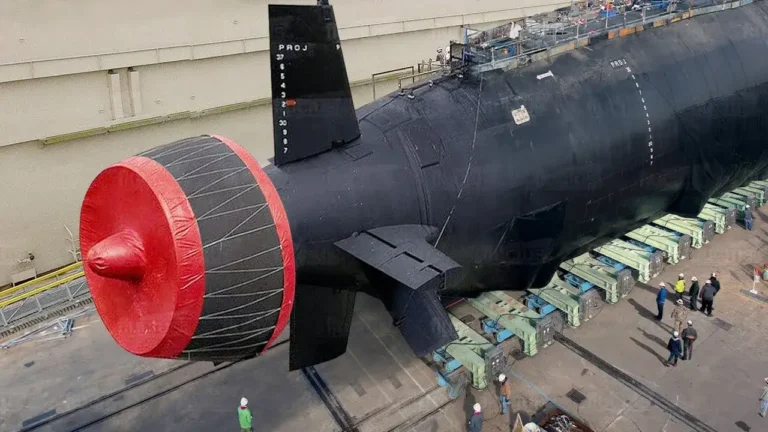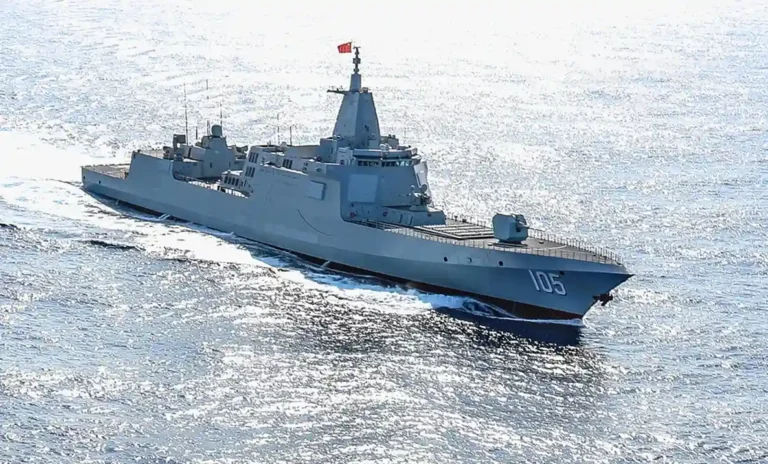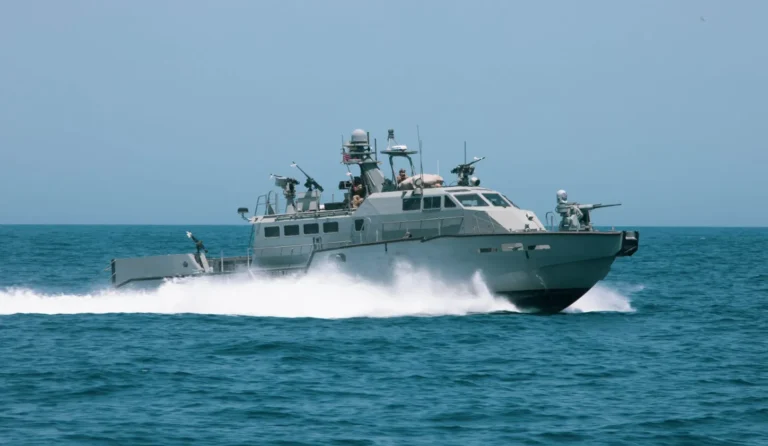Follow Us:
Share
Table of Contents:
Defense Feeds – Have you ever imagine landing on an aircraft carrier? It is likely to be the most dangerous thing pilots can do in all of aviation across civil and military. It’s an incredible achievement to land on a pitching deck with a small runway size.
For this reason, successfully accomplishing a carrier landing indeed requires an intricate skill, takes a high performing team and a culture of excellence!
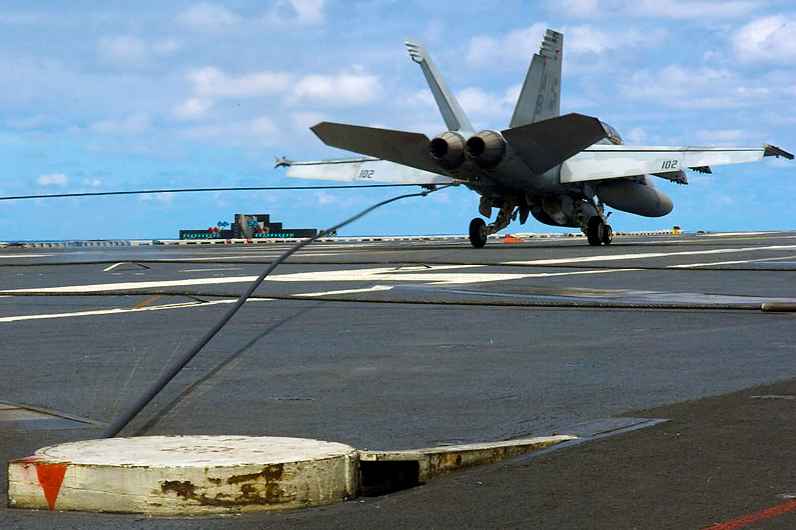
Anyway, in today’s post, we will learn how a pilot make a safe landing by identifying the so-called “Meatball”.
One of the most difficult things a navy pilot will ever undertake is landing on a flight deck. The flight deck only has approximately 500 feet or 150 meters of runway capacity for landing planes, which is insufficient for the carriers’ heavy, high-speed jets on U.S carriers.
Each plane requires a tailhook to land on the flight deck, which is exactly what it sounds like an extended hook attached to the plane’s tail. The pilot’s goal is to catch the tailhook on one of four arresting wires made of high-tensile steel wire.
The pilot is aiming for the third wire as it is the safest and most effective target. The first wire is dangerously close to the deck’s edge. Therefore, they never go for it. They can easily crash into the stern of the ship if they come in too low on the first wire.
How a Pilot Make a Safe Landing on Aircraft Carrier?
The question is how the landing process begins? The naval aviators will be guided by Landing Signals Officers (LSOs) through radio communication as well as a collection of meatball lights on the deck.
The pilots look to the “meatball” which is known as a Fresnel Lens Optical Landing System (OLS), commonly referred to the lens for landing guidance, located on the left of the runway, some meters next to catapult 4 on the portside of the carrier.
This is an important tool of the LSOs to guide the pilots during the approach for the last 1000 meters to the landing. The light system is designed to provide a “glide slope” for aviators approaching a carrier, the lights projected through the Fresnel lenses in different colours telling the aviator when the aircraft is at the desired altitude in the approach at any distance from the ship.
If the aviator sees a red light (at the bottom), it means that the aircraft is dangerously low, the subsequent flashing red light activated by the landing signal officer (LSO) indicating a wave-off requiring the pilot to go around for another attempt. The yellow light in the middle symbolizes the plane and moves vertically.
So, the pilot can see the plane’s position compared to the flight deck. For having a good approach, the “meatball” has to be on the horizontal green line. It means that the plane is right on target.
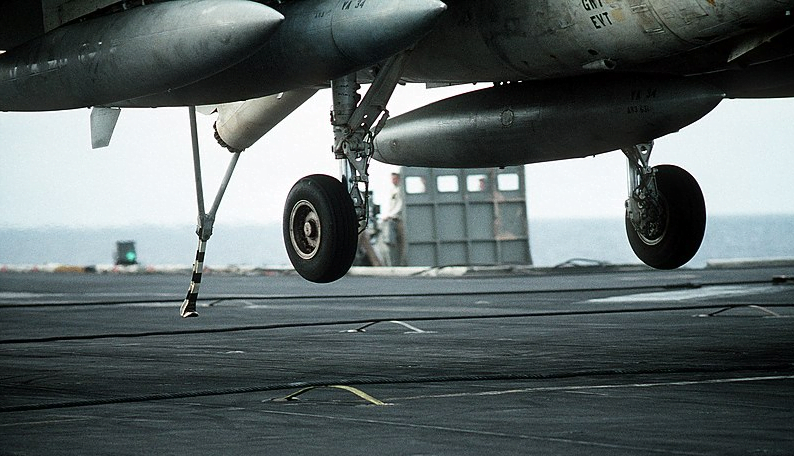
Soon as the plane hits the deck, the pilot will push the engines to full power, instead of slowing down, to bring the plane to a stop.
This seems to be counterintuitive, but if the tailhook doesn’t catch any of the arresting wires, the plane needs to be moving fast enough to take off again and come around for another pass.
To conclude, landing a plan on the aircraft carrier seems to be the most demanding, exacting and attention acquiring task. A pilot has to be highly confident, unflinchingly fearless, well-trained and highly skilled to be able to function successfully in the carrier environment.
Thank you for visited, if you like this post, don’t forget to comment and share, and for more updates on military topics. See you next time!
Share
Defense Feeds
Defense Feeds is publication focusing on informing, engaging, and empowering the world by providing accurate information from defense technology.
Powered by Defense Feeds © 2025 – All rights reserved.

